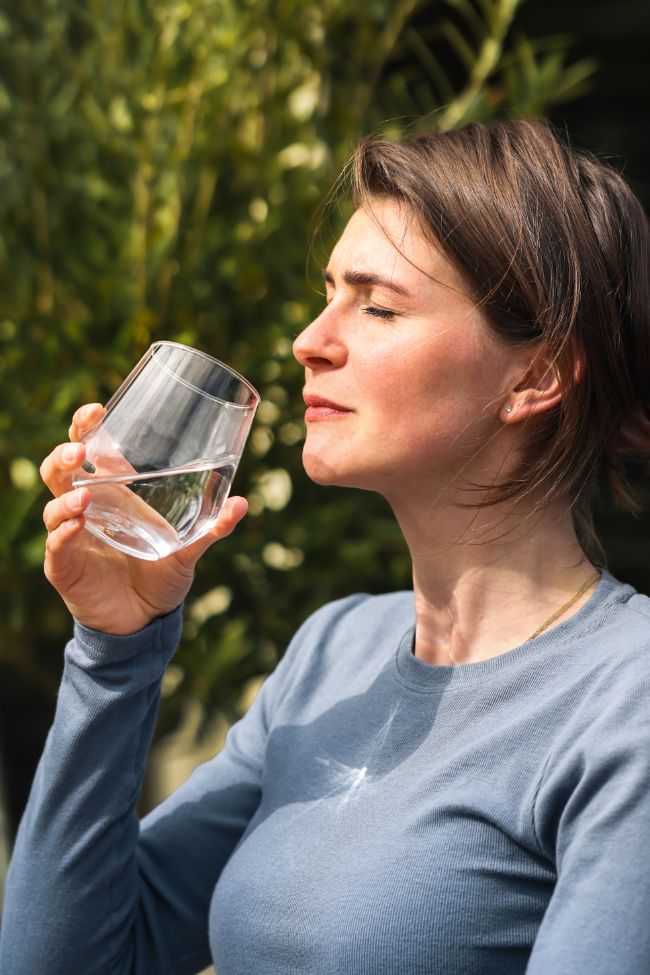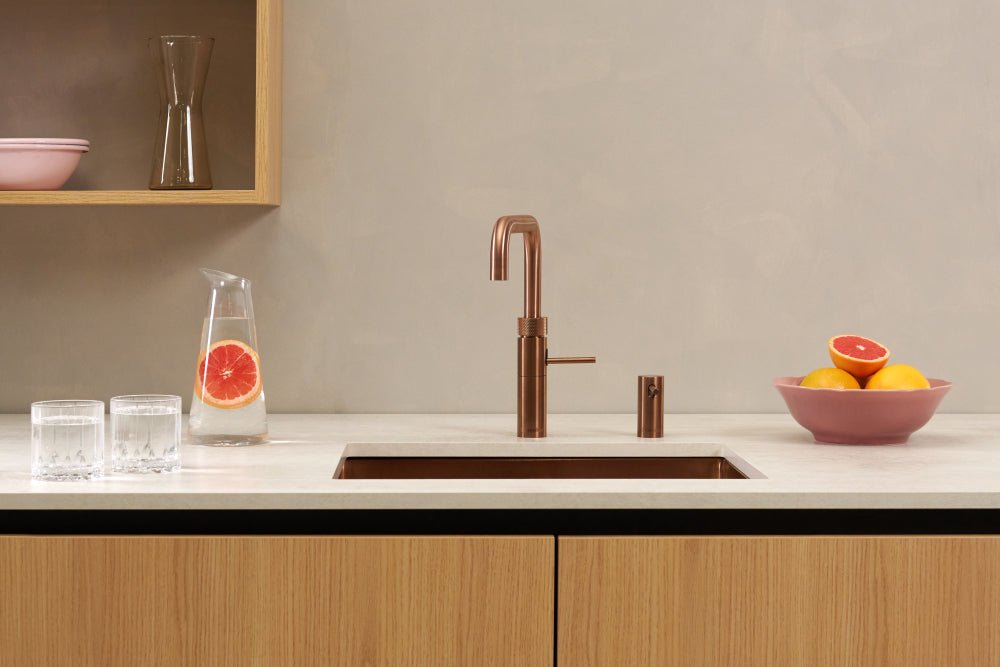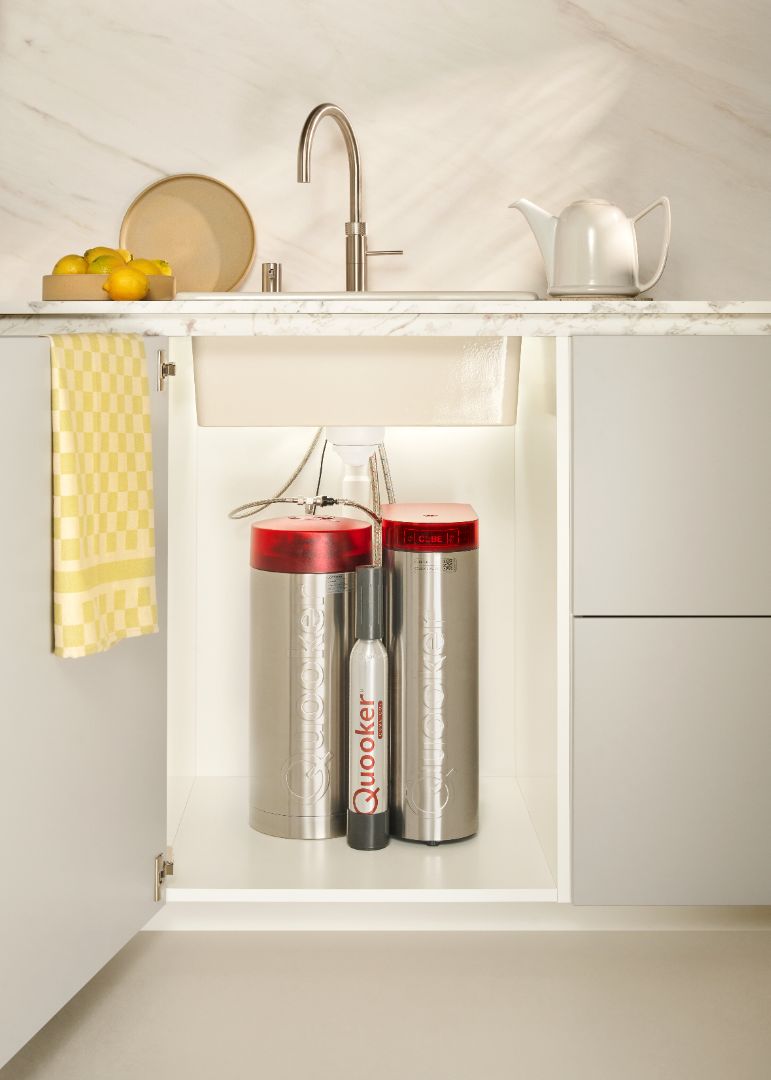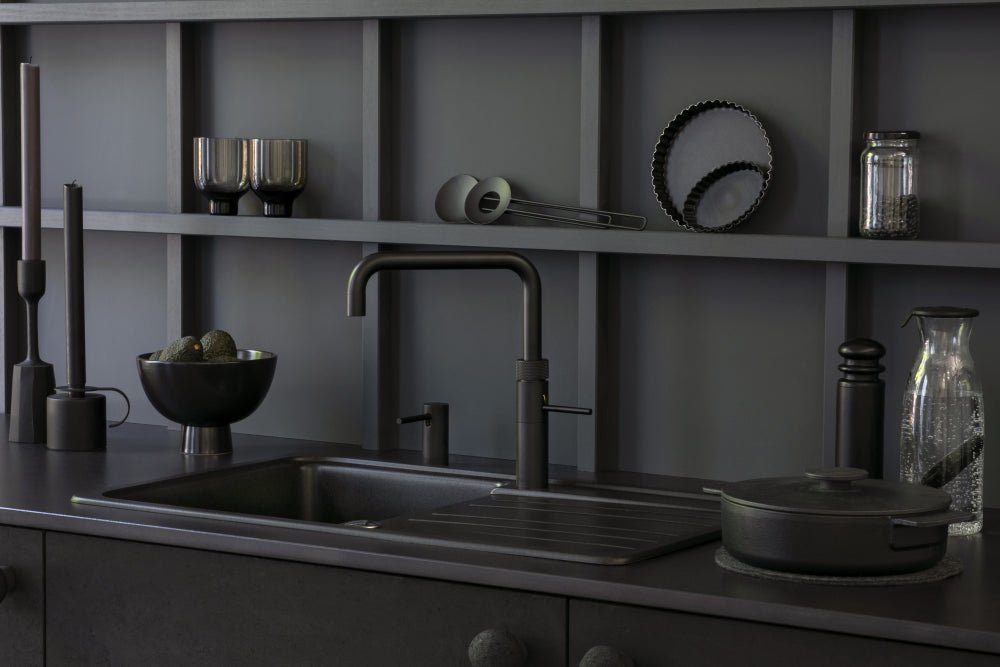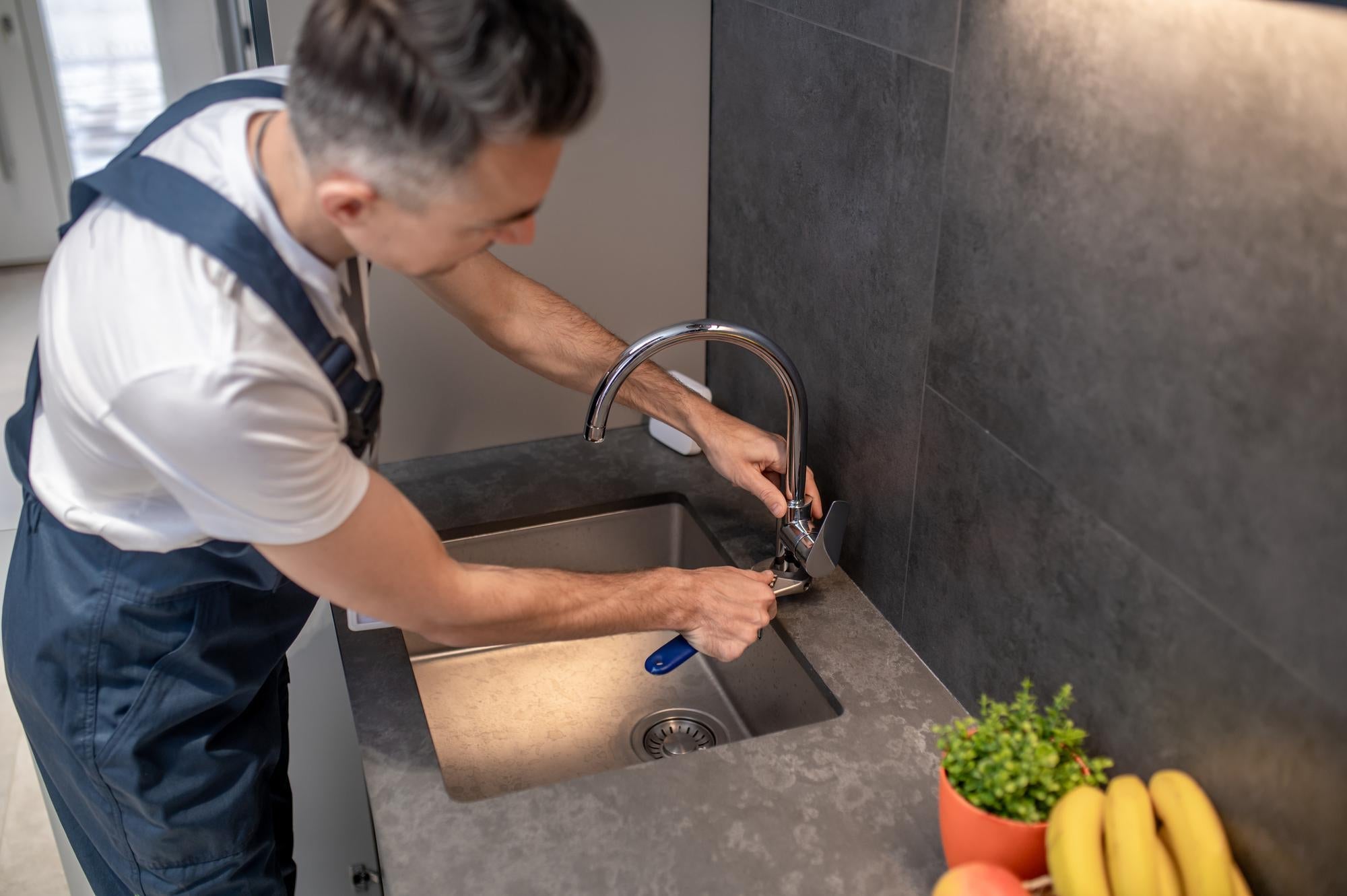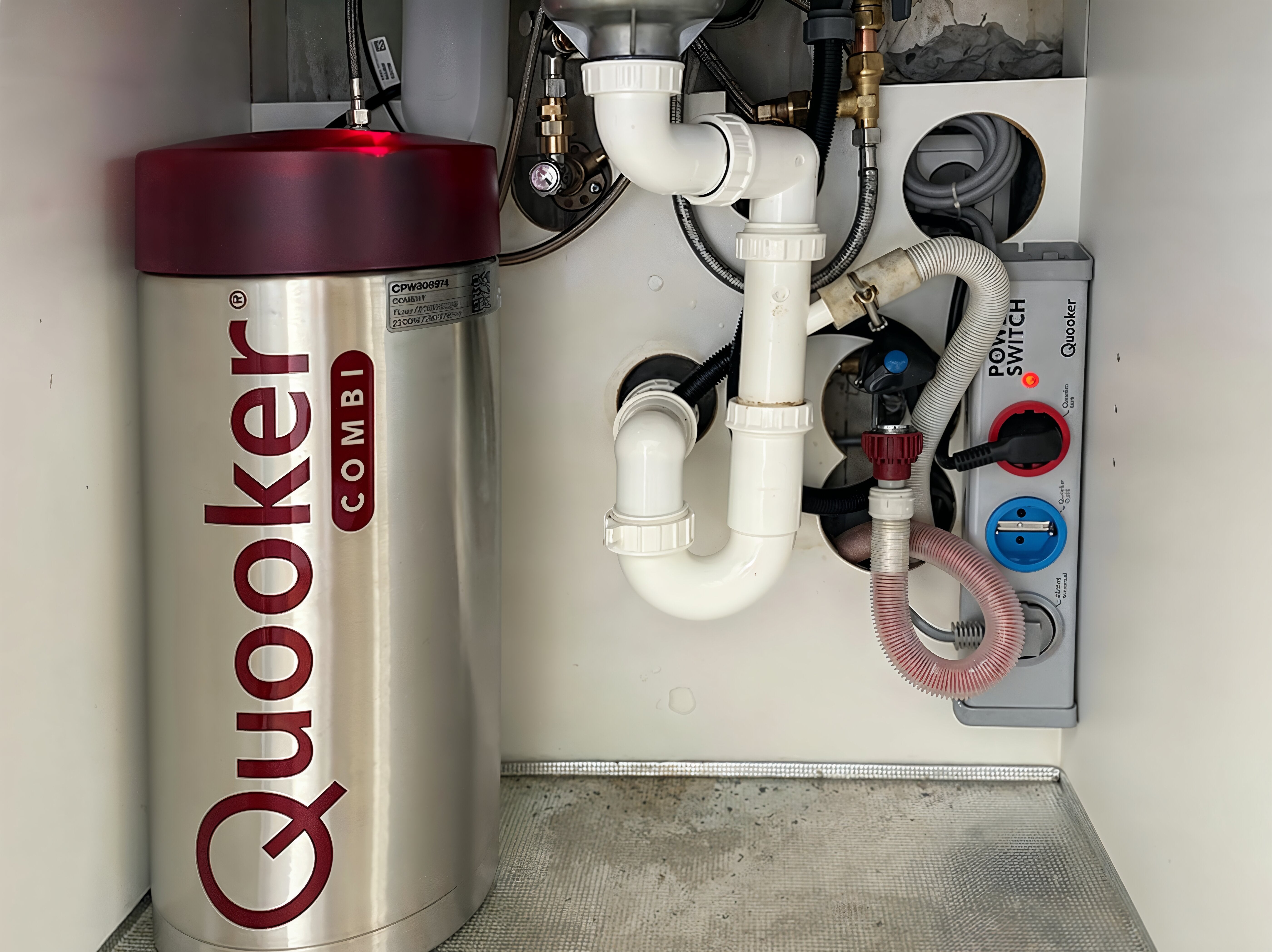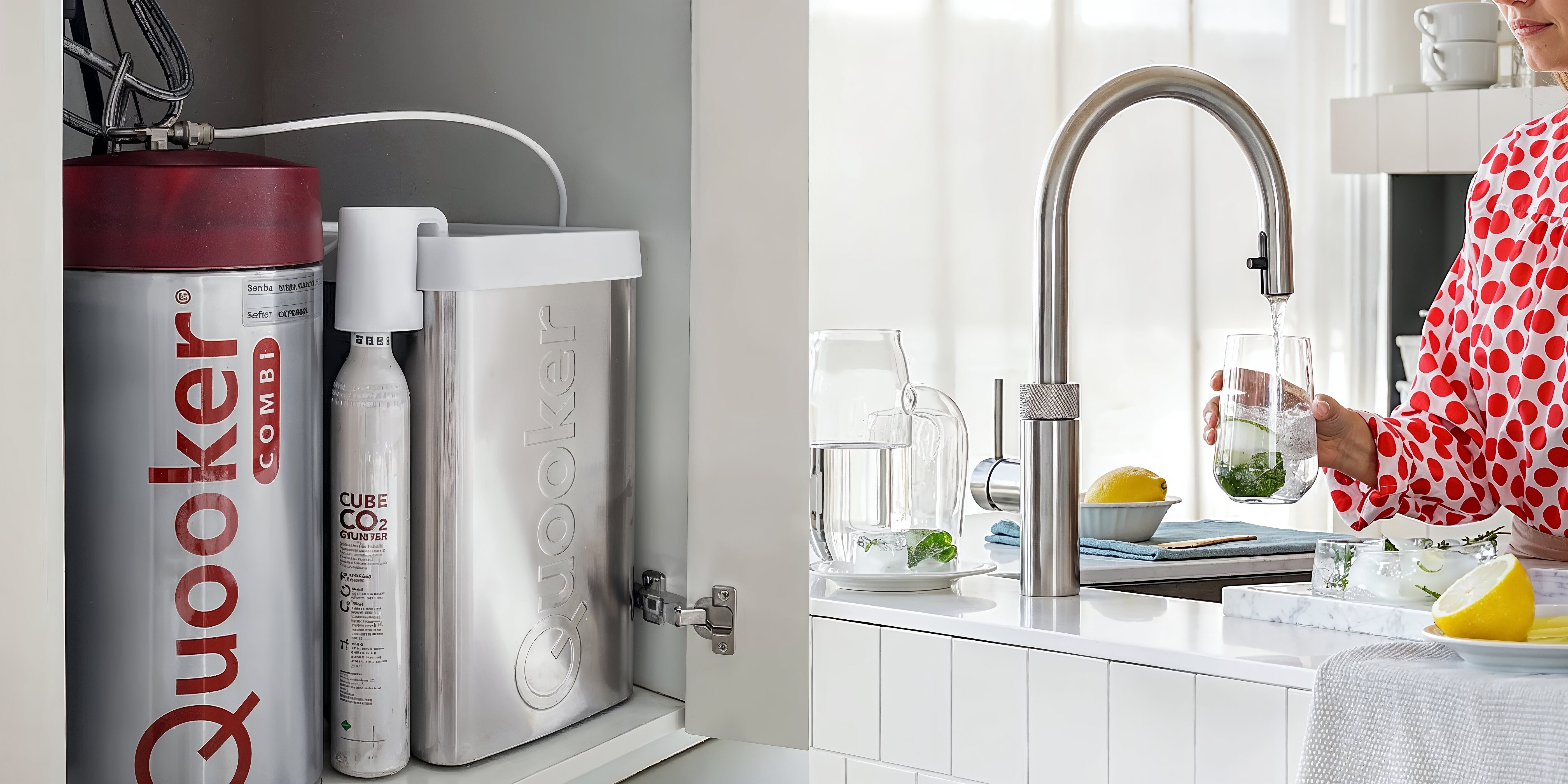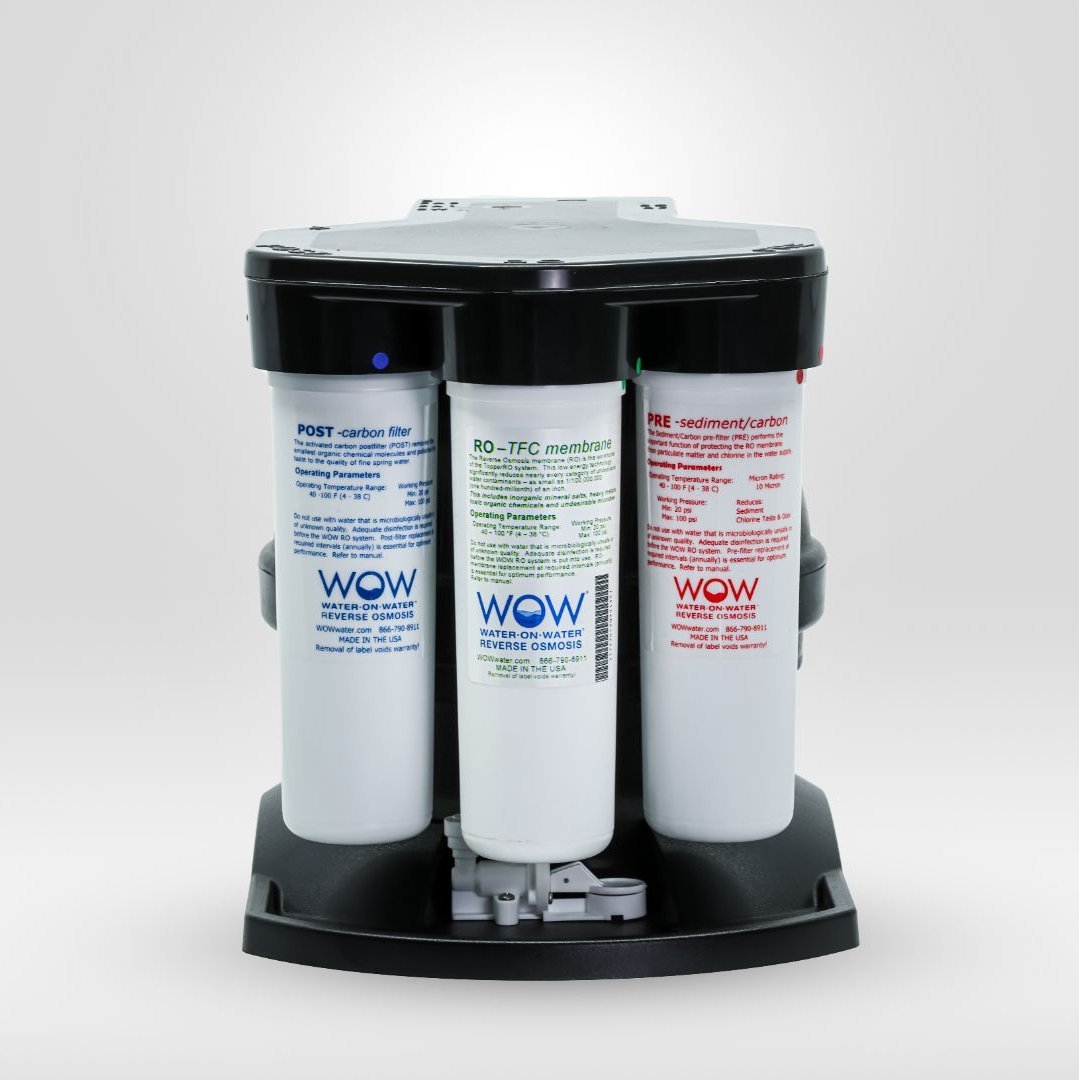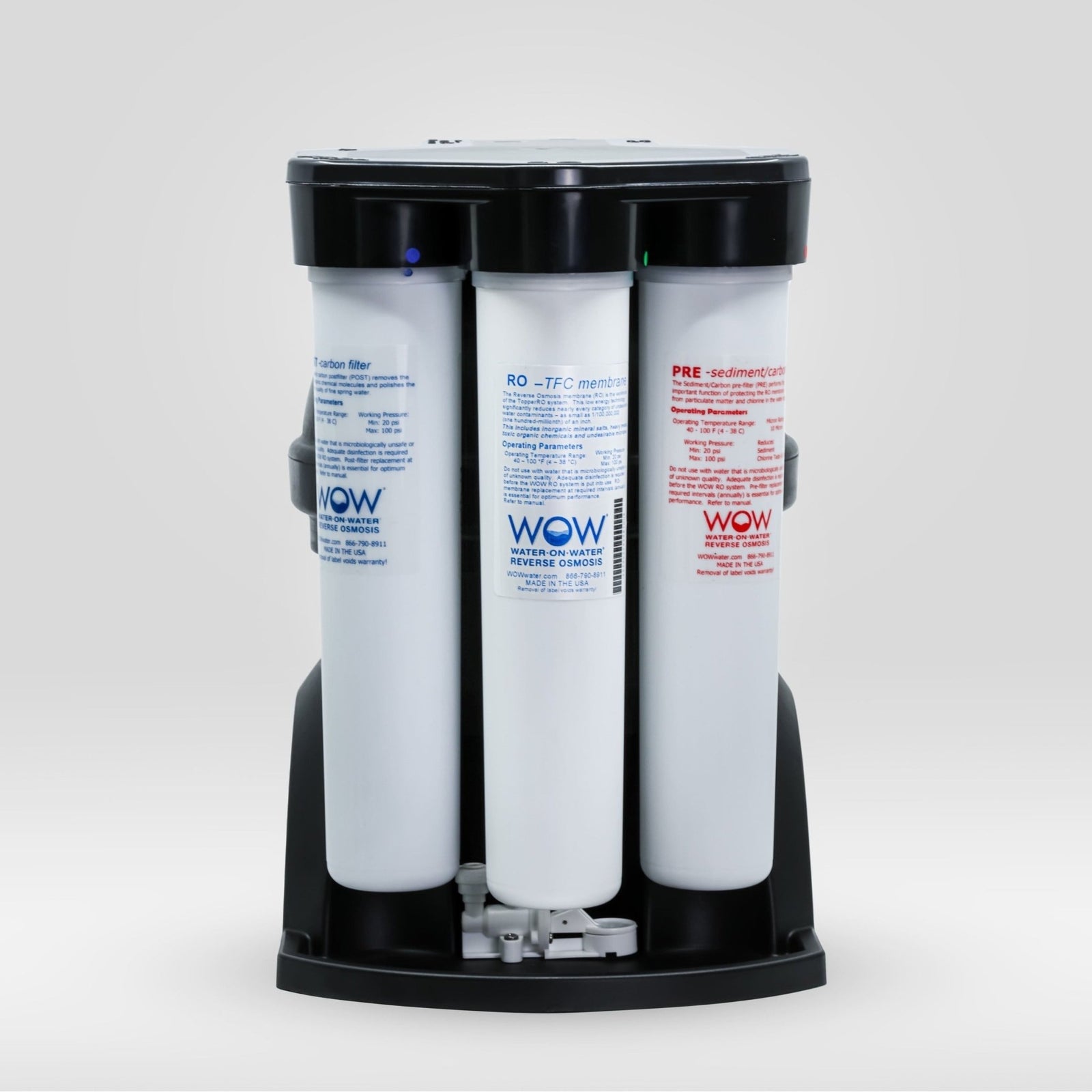Water quality in the Netherlands varies considerably between cities due to a combination of natural and infrastructural factors. The main differences arise from the water's origin (groundwater versus surface water), local soil composition, the distance to water treatment plants, and the condition of the pipeline network. Cities in the west primarily use soft surface water from rivers, while southern and eastern regions extract harder groundwater with higher mineral concentrations.
What determines the water quality in different Dutch cities?
Water quality in the Netherlands is primarily determined by four main factors that can vary significantly by region. The water source forms the basis: approximately 60% of our drinking water comes from groundwater, particularly in the east and south, while the Randstad region relies primarily on purified surface water from the Meuse and Rhine rivers.
The geological subsurface plays a crucial role. In Limburg and North Brabant, groundwater flows through calcareous layers, resulting in harder water with more minerals. The sandy soils in the north and east produce softer water. Infrastructure is a third determining factor:
- Modern water purification plants in major cities such as Amsterdam and Rotterdam
- Older pipe networks in historic city centers that can influence the taste
- Transport distance from source to tap, with longer distances requiring more handling
- Local after-treatment methods such as softening or remineralization
The maintenance and replacement of distribution pipes also determine the final quality. Newer plastic pipes release less flavor than older metal pipes, which is especially noticeable in pre-war neighborhoods.
What substances are found in tap water per region?
Dutch regions exhibit significant water quality differences in their mineral and contaminant composition. A TDS meter can easily visualize these differences by measuring the total dissolved solids content.
| Region | Hardness (°dH) | Main substances | TDS value (mg/l) |
|---|---|---|---|
| Amsterdam/Utrecht | 8 | Chloride, sodium, low calcium | 150-250 |
| South Limburg | 15 | Calcium, magnesium, high lime | 300-450 |
| Groningen | 5 | Iron, manganese, few minerals | 100-200 |
| Zealand | 12 | Chloride, sodium, moderate lime | 250-350 |
In addition to natural minerals, anthropogenic substances can also be present. Pharmaceutical residues, pesticides, and industrial substances such as PFAS are increasingly found in low concentrations, especially in areas with intensive agriculture or near industrial sites. Although these concentrations remain well below legal standards, a growing number of households are opting for supplementary home water purification .
Nitrate levels vary greatly by province, with higher levels in agricultural areas such as the Achterhoek and North Brabant. Cities near the coast often have higher chloride levels due to saltwater seepage, which noticeably affects the taste.
How does the water source affect taste and hardness?
The origin of water fundamentally determines its taste and hardness. Surface water from rivers and lakes contains fewer dissolved minerals than groundwater, resulting in softer water with a more neutral taste. This water does undergo more intensive purification to eliminate potential contamination.
Groundwater, on the other hand, dissolves various minerals during its often years-long journey through the soil layers. In calcareous areas like South Limburg, the hardness reaches values of up to 15°dH, while water from peatlands reaches only 5°dH. This hardness directly affects:
- The taste experience - harder water often tastes fuller but can have a chalky aftertaste
- Limescale deposits in appliances such as kettles and coffee machines
- The effectiveness of soap and detergents
- The lifespan of heating elements in dishwashers and washing machines
Soft water from surface sources feels smoother on the skin and lathers better, but may have a slight chlorine taste due to the purification processes. The ideal hardness for drinking water is between 8 and 12°dH, which optimizes both the health benefits of minerals and ease of use.
Why does water in Amsterdam taste different than in Limburg?
The contrast in taste between Amsterdam and Limburg perfectly illustrates the regional differences in tap water quality . Amsterdam water, sourced from the dunes after infiltration of pre-purified river water, has a hardness of approximately 8°dH and a fresh, neutral taste.
Limburg groundwater, on the other hand, with a hardness of up to 15°dH, contains substantially more calcium and magnesium. This gives the water a fuller, sometimes slightly metallic taste that is particularly noticeable when drinking lukewarm water. The differences are clearly evident in daily use:
In Amsterdam, kettles and shower heads stay clean longer, while Limburgers need to descale more frequently. Tea in Amsterdam tastes lighter and clearer, while the same tea in Maastricht develops a richer but sometimes cloudy color due to the interaction with minerals. Coffee machines in the south require more frequent maintenance, and espresso has a different crema.
For those moving between these regions, the differences may require adjustment. Skin problems, changes in hair texture after washing, and even digestive adjustments can occur. A home water filtration system can eliminate these transitional issues by providing consistent water regardless of location.
How does reverse osmosis ensure consistently pure water?
Reverse osmosis technology offers the most complete solution for standardizing water quality, regardless of the source. This advanced filtration process forces pressurized water through a semipermeable membrane with pores as small as 0.0001 microns.
The process effectively removes up to 99% of all dissolved substances, including:
- Heavy metals such as lead and mercury
- Microbiological contaminants including bacteria and viruses
- Chemical contaminants such as PFAS and pesticides
- Excessive minerals causing hardness
- Drug residues and hormones
After filtration, the water is often remineralized with essential minerals like calcium and magnesium in controlled amounts. This results in water with a consistent composition and taste, regardless of whether the spring water comes from Amsterdam or Limburg. The pH is optimized to a slightly alkaline level, ideal for consumption.
The reverse osmosis water filter system produces water that is not only safer but also tastes better. Tea and coffee develop their full aroma without interference from unwanted minerals, and sensitive appliances like steam irons function optimally without limescale buildup.
Improving water quality at home: what are the options?
There are several options for improving water quality at home, ranging from simple carbon filters to advanced water filtration systems. The choice depends on the specific water problems in your area and personal preferences.
Basic carbon filters in jugs or faucet attachments primarily remove chlorine and improve the taste, but leave minerals and smaller impurities untouched. Ion exchangers are effective for hard water problems, although they only address the hardness without filtering other substances.
Professional systems with multiple filtration stages offer the most complete solution:
- Sediment filters remove coarse particles and protect finer filters
- Activated carbon filters absorb chemicals and improve taste
- Reverse osmosis membranes filter microscopic contaminants
- Remineralization filters add healthy minerals for optimal taste
The benefits of professional water filtration extend to all aspects of daily life. Flowers stay noticeably fresher longer in filtered water, tea develops a richer flavor without clouding, and sensitive skin responds better to softer water during showering. For families with babies or people with weakened immune systems, the extra purification offers significant health benefits.
Investing in water quality means investing in health and quality of life. With the right filtration technology, you can enjoy consistently clean water, regardless of where you live in the Netherlands.
